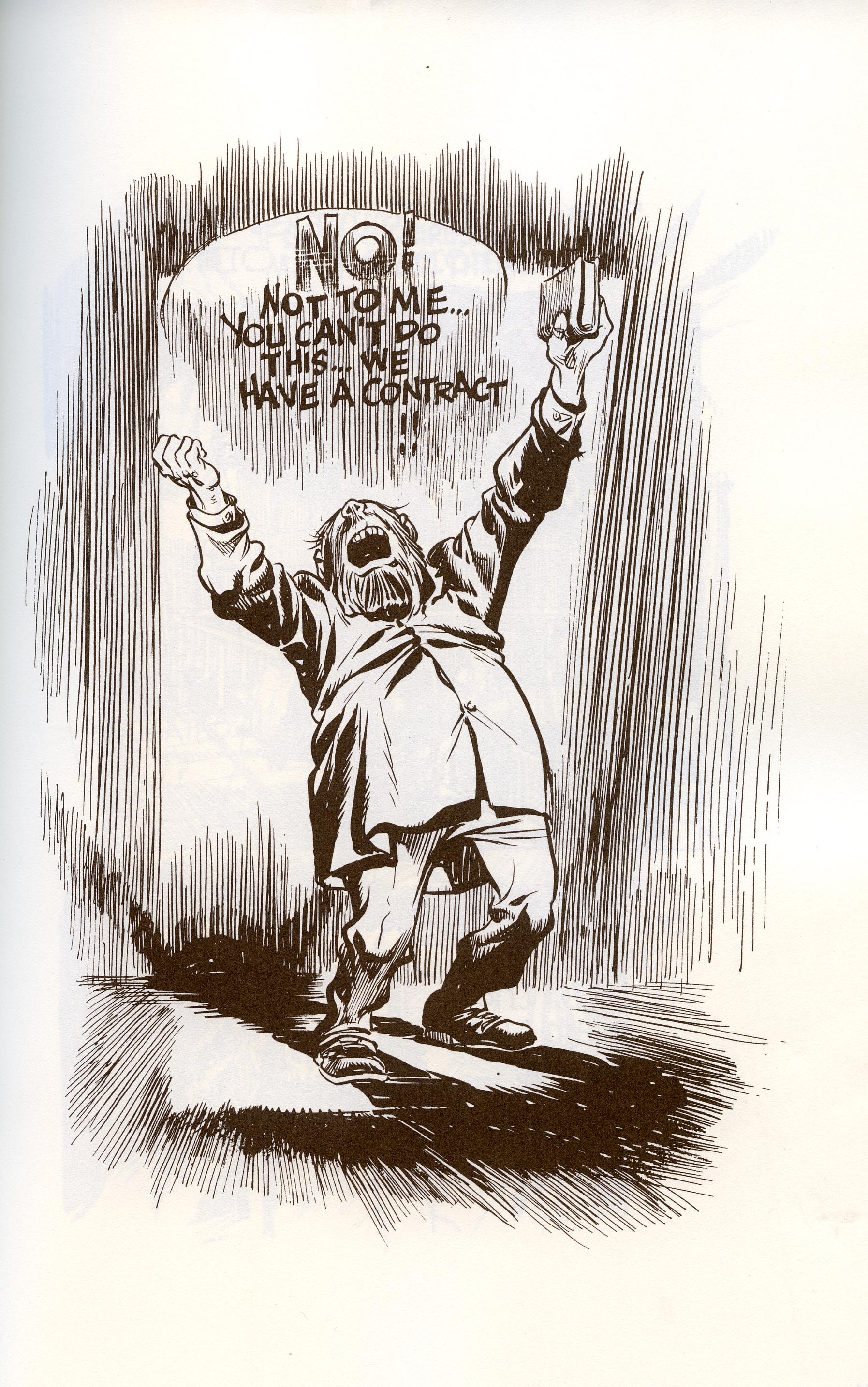Maus is the story of a cartoonist who is documenting his father’s first hand account of the Holocaust. The author illustrate his father's story and he also illustrates the, at times difficult, process of getting his father to talk about his past. The story jumps back and forth between the present and the past . The artist telling his personal story brings an interesting perspective to the novel. Not only is this novel telling history in an original format, but the process of creating this book is also helping Artie understand his father. Their relationship has never been all that strong and through the creation of "Maus" Artie learns a great deal about the hardships his father had to survive in his youth. In his old age, Vladek is bitter, stingy, and very weak. He doesn't seem to love his 2nd wife and Arthur is stuck in the middle as his father and step mother come to him with their marital woes. The modern day family drama frames the Holocaust story and shows how surviving such a horrific situation has effects that last a life time.
The choice to tell this story with animals is a very
interesting decision. The novel starts with a quote by Hitler which says “The
Jews are undoubtedly a race, but they are not human.” This must have sparked
the original idea to depict the characters as rodents and other animals. I
don’t think the decision trivializes the weight of the subject matter either.
Scott McCloud explained that the more simplified a character is drawn, the
easier it is to project yourself into the story. I think this idea is amplified
even further when using animals as characters. People naturally personify
animals in their lives everyday and I think that’s why we connect with comics
and cartoons about talking animals so easily. There is a connotation with
wholesome, mass appeal when a story is about talking animals and I think the
stark contrast between those preconceived notions and the novel’s subject
matter were a key part as to why the novel was told in this fashion. The mice
are also very simplistic and don’t even have mouths to express with. The simple
design allows the reader a lot of room to fill in the blanks with who these
characters are. Maus is truly
unlike any other Holocaust survivor’s account and the style does not take away
from the power of the story. The animals rarely took me out of the story except
for a few (I’m assuming intentionally distracting) moments. For instance, there
is a scene were Vladek tells the other prisoners that if he has to die he wants
to be treated like a human being. It really drives home the point of how
literally inhumane the Nazis are to the mice.
I guess one complaint I have with the novel is the fact that
the characters were drawn simplistically to the point that you really can’t
tell any of them a part. There would be scenes with entire families of people
and the only distinguishing factor was when they were addressed by name. If
there were only two characters in a scene the differences were fairly clear.
Overall this was a fairly minor issue that didn’t ruin the novel by any
means.
It's very clear why this novel helped legitimize the graphic novel as a mature art form. It deals with a lot of mature themes and takes on one of the most painful events in human history. Along with the Holocaust, the novel has themes of suicide, post traumatic stress, and falling out of love. This novel takes it's subject matter very seriously and it pairs all of this with illustrations that are effective and possibly even deceptively simple. It's clear that most of the story is word for word what Arthur's father recited due to the broken english and Jewish dialect found throughout the story. This is a personal piece and true work of art that deserves all of it's critical acclaim.



